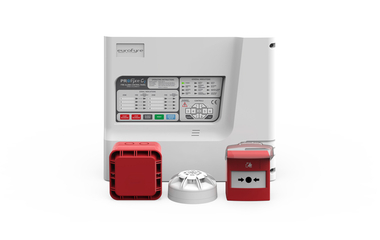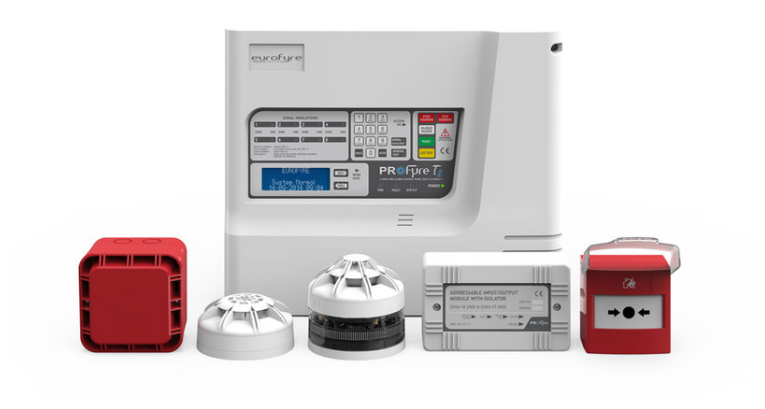A bus, or coach, station is a building or structure where city or intercity coaches and buses stop to drop off and pick up passengers. Bus stations are also commonly known as depots, terminals or garages and are typically much larger than bus stops that are found on the side of the road.
Bus stations usually have a number of platforms, from which passengers can access their required journey. Larger bus stations typically have designated waiting areas, restrooms and shops, as well as garages and service areas for the vehicles that pass through them. Bus stations usually have both outside, inside or sheltered areas that can all be accessed by members of the public.
Gloucester Bus Station Fire
In April 2017, a coach caught fire in Gloucester’s Green Bus Station which caused the whole station to shut down. The fire service was alerted quickly and the fire was soon brought under control. The station was closed to the public while the fire brigade made sure that the fire was dealt with and the station was made safe. Fortunately, there were no injuries reported and the fire was dealt with very quickly. However, many journeys were delayed and connections were missed.
Additional to the potential risks found in most businesses, including those found in restaurants and shops that may be located in the station’s main concourse, there are a number of additional risks associated with bus and coach stations. These risks include:
- Vehicles
Hot surfaces of engines, exhaust pipes and catalytic converters are all ignition sources that could set alight. - Mechanical Works
Sparks produced as a result of welding and cutting of metal using oxyacetylene, oxygen/propane, electric arc welding and other hot work processes. - Refuelling
Fuelling of vehicles and draining of fuel tanks during maintenance or repair and bulk supplies of diesel fuel, petroleum and LPG on the premises. - Electrical Equipment
Poorly maintained electrical equipment and installations. - Combustible materials
Waste (including waste oil), and idle pallets stored outside.
With all the risks that are present in bus stations, it is essential that a suitable and reliable fire detection system is installed. Bus stations see thousands of passengers pass through every day and form an important part of the worlds infrastructure and significant downtime could cause massive transport delays, therefore an undetected fire event could have devastating consequences.
Fire Alarm Systems Commonly Used in Bus Stations
As bus stations vary in size and have different facilities, there are a number of fire alarm systems that can provide effective and reliable detection. The most common fire alarm systems that Eurofyre provide for this type of application are:
Analogue Addressable Fire Detection Systems

Analogue addressable fire detection can provide the exact location of any fires, smoke, heat, contamination or faults. The status of each device connected to the system can be reported back to the panel.
- ProFyre A4 Analogue Addressable Fire Alarm System (large properties)
ProFyre A4 panels are perfect for larger applications, supporting up to 8 loops with 250 devices per loop. - ProFyre A2 Analogue Addressable Fire Alarm System (medium size properties)
ProFyre A2 fire alarm panels are perfect for properties that require less than two loops, eight zones and 256 devices.
Conventional Fire Detection System

Conventional fire detection systems provide a cost-effective solution for small to medium applications. Conventional fire systems provide an indication of a zone, or area, of a building where a detector has been triggered.
- ProFyre C8 Conventional Fire Detection System (small properties)
ProFyre C8 Fire alarm systems provide a cost-effective detection solution for small properties with up to eight zones. - ProFyre C24 Conventional Fire Detection System (medium properties)
ProFyre C24 panels are fully-featured, expandable and easy to install. These systems are well suited for medium properties that require up to 24 zones.
2-Wire Addressable Fire Detection System

2-wire addressable fire detection provides all the benefits of an analogue addressable system with the simplicity of a conventional system.
- ProFyre T8 2-Wire Addressable Fire Alarm System (small to medium properties)
The ProFyre T8 fire alarm system can accommodate up to 8 zones or one single loop. All the devices on the system receive and share power over just two wires.
Open Protocol
Eurofyre believes that the system owner should have the flexibility to choose their own installer or maintainer and have complete control over how the system is managed. Therefore, all of the systems that Eurofyre manufacture are built using an open protocol, giving the owner complete freedom of choice.
To find out more about any of our fire detection systems feel free to contact Eurofyre on +44 (0) 1329 835 024, by email to sales@eurofyre.co.uk or via the online enquiry form situated on our contact page.
Don’t forget you can follow us on LinkedIn, Twitter, Facebook and Google+ or sign up to our newsletter (in the footer below) to receive all the latest information from Eurofyre.